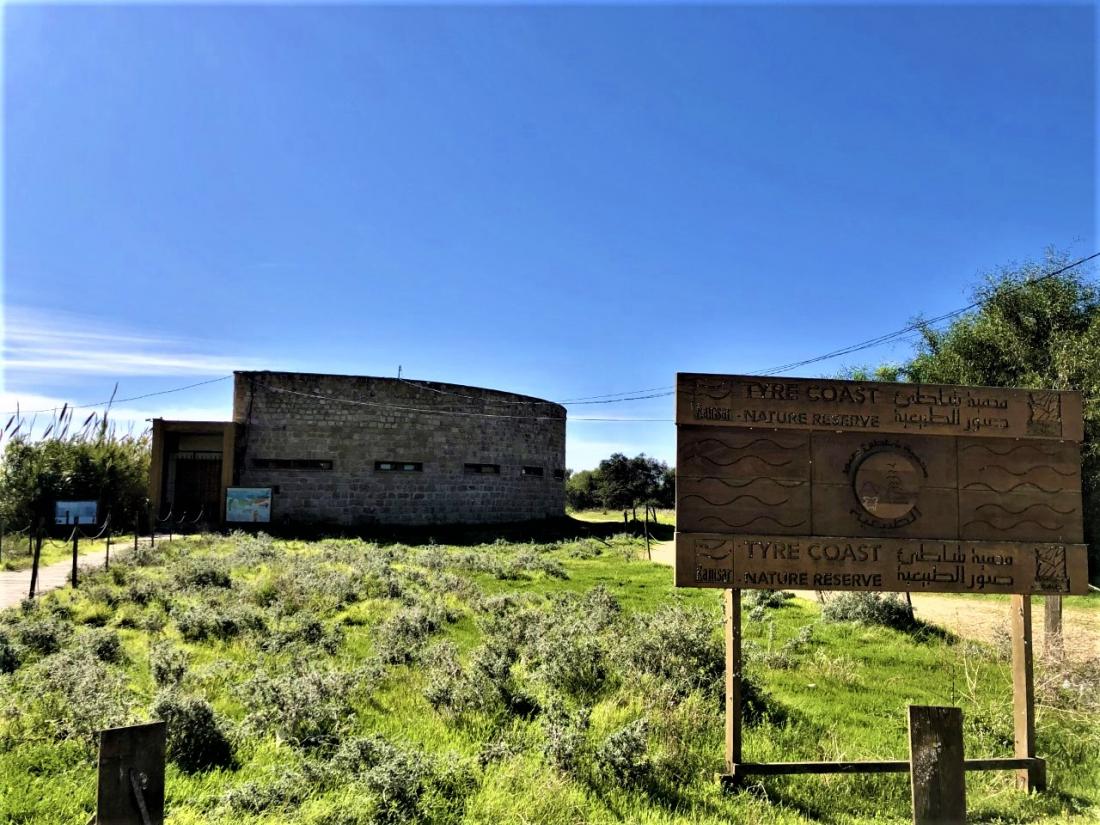Modelling the pressure: the APET Association in Tyre, Lebanon uses the ENSERES subgrant to find a balance between economic and environmental needs

“Tyre has a thousand-year history. Thanks to its archaeology, flavours and colours of a culture born in the sea, it has never ceased to attract tourists from all over the world. However, we must make sure that the flow of people does not go to the detriment of the environment, and that the latter, on the contrary, becomes an inseparable part of the image that the community and visitors have of the territory". Ahmad Farraj, president of the Association for Preserving the Environment in Tyre (APET) in Lebanon, thus explains the philosophy that will guide the implementation of the project "Ecotourism: an economical and environmental opportunity for Tyre city and Tyre Coast Nature Reserve", made possible by the subgrant obtained from ENSERES.
Marine currents and a river system poisoned by spills have made the Lebanese coast one of the most polluted in the Mediterranean. This is confirmed by the 38th "Annual report on the environmental condition of the Lebanese coasts", prepared by the Lebanese National Council for Scientific Research (CNRS-L). The southern Lebanese coasts are partly spared from the currents, full of waste and oriented above all towards the central-northern sector. However, the calcareous profile of the coast which is reflected in the crystalline sea is threatened by human activities, often linked to tourism.
The uniqueness of Tyre is embodied by the Tyre Coast Nature Reserve, born in 1998, which includes the tourist, archaeological and agricultural areas in an organic protection system. The area, also protected by the Ramsar Convention, is an important nesting and wintering site for migratory birds. The environmental value of Tyre is also demonstrated by the presence of sea turtles, which every year choose its sands to lay their eggs.
“The reserve has managed to preserve this stretch of coast from the dangers threatening the rest of Lebanon. However, tourism, which is necessary for the economy of the communities that inhabit the area, risks weakening the fragile balance”, explains Farraj. “This is why we decided to work on the positive relationship that must exist between the environment and tourism. We want to create a model that can be replicated across the country."
The project proposed by APET will guarantee greater visibility to the Tyre Coast Nature Reserve, which will become part of a system together with hotels, restaurants, kiosks and all other places in the city where the tourist sector lives. Environmental information and activities related to a sustainable vision will thus begin to build a model where nature and economic well-being are no longer in conflict but instead find a way to grow thanks to a synergic vision.
APET has long experience in conducting similar projects. The association was founded in 1996 to encourage the population of Tyre in the protection of its archaeological and environmental assets. Over time it has become one of the most listened voices in Lebanon on issues such as water pollution, waste management, preservation of natural resources and sustainable development.
“In all these years we have tried, I believe with success, to raise the awareness of our fellow citizens, collaborating both with the government and with numerous other NGOs. The ENSERES subgrant is a great opportunity, Tyre and Lebanon need a model that is able to attract domestic and international tourism, framing it at the same time in a sustainable scheme, which enhances the extraordinary environmental and cultural value of the territory”, concludes Farraj.









